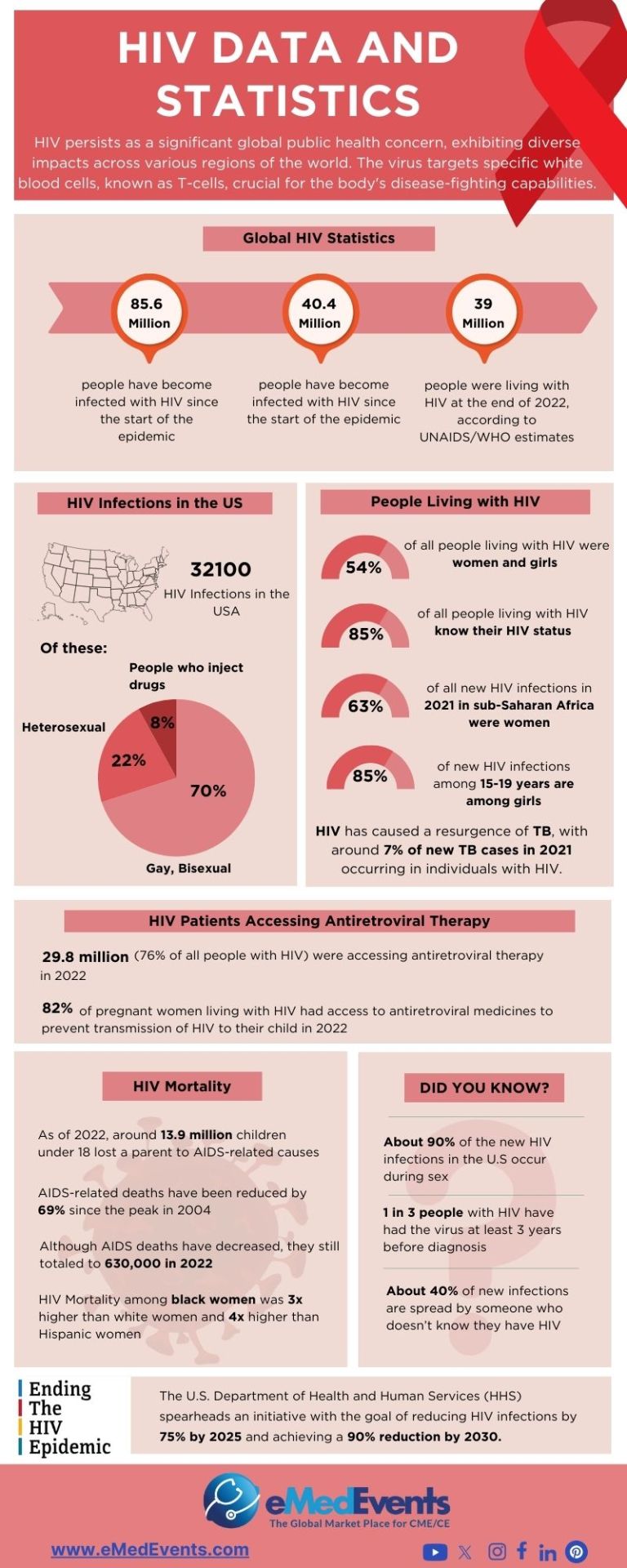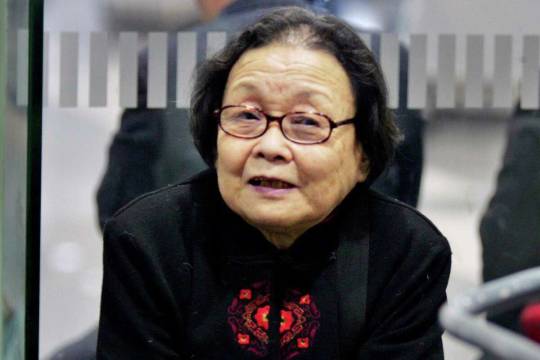#HIV Care
Explore tagged Tumblr posts
Text




Source
This entire article is worth the read. Fuck Gilead
#big pharma#hiv#hiv/aids#the left#news#current events#health#health care#capitalism#public health#corporate greed
47K notes
·
View notes
Text
The Joseph P. Addabbo Family Health Center (JPA) understands that people are multidimensional. When you walk through our doors, you bring with you more than your physical ailments, as we all live full and dynamic lives. Our objective at JPA is to address care with a comprehensive, whole-person approach. We strongly believe that wellness lies at the intersection of good physical, mental and social health!
0 notes
Text
Title: Observing National HIV/AIDS and Aging Awareness Day: Highlighting the Intersection of HIV/AIDS and Aging
Introduction National HIV/AIDS and Aging Awareness Day, observed annually on September 18, focuses on the unique challenges faced by older adults living with HIV/AIDS. As the population of people living with HIV/AIDS ages, it is crucial to address the specific health needs and barriers they encounter. This day raises awareness about the intersection of HIV/AIDS and aging, promotes better…
#advocacy#Aging#Health Care#HIV Care#HIV/AIDS#mental health#National HIV/AIDS and Aging Awareness Day#Older Adults#Public Awareness#Support Services
0 notes
Text

HIV/AIDs Research and Treatment Breakthroughs
Explore the latest breakthroughs in HIV/AIDS research and treatment, that have the potential to reshape the landscape of HIV/AIDS management.
#"HIV/AIDS Research and Treatment#HIV Care#HIV Cure Research#Antiretroviral therapies#current research on HIV/AIDS#CME Programs#CME Conferences#CME Medical courses#CME credits#doctor conferences#medical CME#Primary Care Conference#Medical CME Online#Emergency Medicine Online CME#Medical Conference Website#Physician Conferences#Medical CME Courses#Doctors CME Conferences#CME training for Physicians#Medical Event Organizer#Organizing Medical Events#Medical Conferences#Medical Speakers#Healthcare Marketplace
1 note
·
View note
Text

Dr. Gao Yaojie: Dissident doctor who exposed China's AIDS epidemic, dies at 95
Her work uncovered how businesses selling blood led to the spread of HIV in the countryside.
She was at the forefront of AIDS activism in China and traveled across the country treating patients, often at her own expense.
A gynecologist by training, she encountered her first AIDS patient in the central province of Henan in 1996.
While she was not the first Chinese doctor to expose the AIDS epidemic, it was her efforts that made the situation known to the country and beyond.
She told the Associated Press in a previous interview that she withstood government pressure and persisted in her work because “everyone has the responsibility to help their own people. As a doctor, that’s my job. So it’s worth it.”

#gao yaojie#doctor#author#activist#aids activist#aids activism#aids#hiv#blood transfusion#aids epidemic#aids crisis#china#healthcare#health care#1996#1990s#90s#2023
271 notes
·
View notes
Text

Zero stigma, Zero AIDS-related Deaths & Zero New HIV Infections.
Created with Getting to Zero Massachusetts
Digital illustration of a group of people of different ages, races, sexualities, genders and abilities. In the center is a Black woman holding a sign that reads, 'together we can end the HIV epidemic.'
280 notes
·
View notes
Text




Queer As Folk – 1.02: Queer, There and Everywhere
#queer as folk#cinematv#filmtvcentral#userthing#smallscreensource#dailyflicks#userstream#tvarchive#filmtvtoday#usersource#usergay#chewieblog#userrlaura#cinemapix#mel and linds treated him so horrifically in regards to gus#imagine saying yeah we know you're gonna die from hiv/aids or smth so can you sign your life away so we can cash in after#plus he's not your son he's ours but also you're trash for not caring about your child#*slams fist on table*#just judgemental as fUCK#1x02#my gifs
97 notes
·
View notes
Text
Tierney Sneed and Tami Luhby at CNN:
The Supreme Court said Friday it will review the constitutionality of the Affordable Care Act’s no-cost coverage mandates for certain preventive care services, putting the landmark health care law in front of the justices again just as President-elect Donald Trump – who tried to repeal the law during his first presidency – returns to the White House.
While not an existential threat to Obamacare, the case could imperil access Americans have to cost-free preventive treatments and services, including HIV prevention medications, heart statins and various screenings for cancers and other diseases. The cost of some of these preventive services can be substantial, which would deter some people – particularly those with lower incomes – from accessing the care and slow the early detection of potentially deadly illnesses. The 5th US Circuit Court of Appeals ruled that the mandates in question, based on the recommendations of the US Preventive Services Task Force, violated the Appointments Clause of the Constitution because its members are not appointed by the president with Senate confirmation. The 5th Circuit’s ruling was directed at no-cost coverage requirements implemented after Obamacare’s enactment in March 2010.
The appellate ruling only blocked the mandates as applied to the challengers of the specific case, a Texas business and several individuals. But both the Biden administration and the challengers agreed that the 5th Circuit’s precedent set the stage for another party to sue to block the mandates nationwide, and both sides had asked the Supreme Court to take up the case.
Among the other no-cost coverage mandates that are put at risk by the 5th Circuit ruling are prenatal nutritional supplements, physical therapy for older Americans to prevent falls and lung cancer screenings that, according to the Biden administration, could save the lives of 10,000 to 20,000 Americans a year. A variety of other no-cost preventive services – such as well-baby visits and autism screenings for children, cervical cancer screenings and breastfeeding support programs for women, and flu, measles and chickenpox vaccines – are not at issue in the case.
[...]
‘Protections for millions’
In her petition that the Supreme Court take up the case, US Solicitor General Elizabeth Prelogar wrote that the 5th Circuit ruling “jeopardizes healthcare protections that have been in place for 14 years and that millions of Americans currently enjoy.” “This Court’s review is warranted because the court of appeals has held an Act of Congress unconstitutional and its legal rationale would inflict immense practical harms,” she wrote, later adding that the justices should also take up the case because the appellate “decision threatens to disrupt a key part of the ACA that provides healthcare protections for millions of Americans.” The challengers also urged the Supreme Court to take up the case, even as they argued that the 5th Circuit’s ruling was “well-reasoned and correct.” They pointed to the Supreme Court’s typical practice of granting cases where an act of Congress was deemed unconstitutional by a lower court. The Texas business, Braidwood, sued over the mandates because the company had moral objections to covering the HIV prevention medications – known as PrEP. The company also objected to paying for insurance that covered screenings for sexually transmitted diseases and other treatments related to conduct the employer morally opposed.
The MAGA majority on SCOTUS saw fit to review the Becerra v. Braidwood case, which would review Obamacare (PPACA)’s no-cost of HIV prevention medications, heart statins, and various screenings for cancers and other disease.
#SCOTUS#Obamacare#PPACA#Patient Protection and Affordable Care Act#5th Circuit Court#HIV#Cancer#Cancer Screening#Health Care#PrEP#Becerra v. Braidwood
32 notes
·
View notes
Text
#tiktok#cdc#department of health and human services#rubin_allergy#transphobia#transphobic#transgender#transphobe#fuck transphobes#donald trump#lgbtqia#lgbtq community#lgbtq#lgbt pride#lgbtqiia+#lgbtq issues#lgbtqi community#lgbtqi#hiv#aids#trump is a threat to democracy#fuck trump#president trump#trump can go fuck himself#trump is the enemy of the people#trump's america#trump is a criminal#trump is a felon#lgbtqi care#gay
22 notes
·
View notes
Text
"The “Düsseldorf Patient”, a man now aged 53, is just the third person worldwide to have been completely cured of HIV via stem cell transplantation.
As in the case of the other two patients, the so-called “Berlin Patient” and “London Patient,” the transplantation was undertaken to treat an acute blood disease, which had developed in addition to the HIV infection.
The Düsseldorf Patient received a stem cell transplant used to treat leukemia in 2013 and has shown persistent suppression of HIV-1 ever since, including during the last 4 years after the patient stopped taking anti-retroviral medication.
“I still remember very well the sentence from my family doctor: ‘don’t take it so hard,'” the Düsseldorf Patient, who had leukemia as well as HIV-1, said in a statement. “‘We will experience together that HIV can be cured!’ At the time, I dismissed the statement.”
Allogeneic hematopoietic stem cell transplantation (HSCT) is a procedure used to treat certain cancers, such as leukemia, by transferring immature blood cells from a donor to repopulate the bone marrow of the recipient.
Scientists now understand that individuals with two copies of the Δ32 mutation in the gene for the HIV-1 co-receptor CCR5; are resistant to HIV-1 infection. The two previous cases of both the London patient and the Berlin patient involved receiving a stem cell transplant from a donor with these unique mutations.
Björn-Erik Jensen, a specialist in infectious diseases at Düsseldorf University Hospital, lead the treatment and subsequent research, revealed today in a peer-reviewed study in Nature.
The patient was diagnosed as having acute myeloid leukemia and proceeded to undergo transplantation of stem cells from a female donor in 2013, followed by chemotherapy and infusions of donor lymphocytes.
After the transplantation, anti-retroviral therapy was continued, but HIV was undetectable in the patient’s blood cells. Anti-retroviral therapy was suspended in November 2018 with the patient’s informed consent, almost 6 years after the stem cell transplantation, to determine whether the virus persisted in the patient.
“I very much hope that these doctors will now get even more attention for their work,” said the patient. “I have now decided to give up some of my private life to support research fundraising. And of course, it will also stay very important for me to fight the stigmatization of HIV with my story.”
The authors conclude that although HSCT remains a high-risk procedure that is at present an option only for some people living with both HIV-1 and hematological cancers, these results may inform future strategies for achieving long-term remission of HIV-1."
-via Good News Network, 2/20/23
VERIFIED 10 YEARS ON, PROOF THAT HIV IS CURABLE
#hiv#health care#hiv aids#aids epidemic#aids crisis#lgbtq#lgbtq history#queer#queer history#hiv treatment#sex ed#medical news#medical research#good news#hope#I know he's not the first person we found cured of hiv#but as they say#three is a pattern#ANY increase in sample size at this stage is absolutely historical
401 notes
·
View notes
Text



Source

#politics#hiv#us politics#government#gilead#lgbt#lgbtq#progressive#current events#science#medicine#health#health care#the left#twitter post#news
38K notes
·
View notes
Text




Source
#big pharma#hiv aids#the left#news#healthcare#treatment#health#medicine#medical care#public health#luigi mangione
9 notes
·
View notes
Text
We ask for complete silence while this video plays to honor the lives of those who have suffered in silence and those still overcoming the tides of HIV/AIDS. -Thewarmcup.com
#d'elve#poets of tumblr#quotes#philosopher#culture#prose#art#writers and poets#poetry#motivation#hiv#aids#awareness#hiv memorial#aids memorial#self love#self-discovery#self care#the warm cup#awareness video#survivor#new voices
8 notes
·
View notes
Text
I’m on the last page of my essay and it’s barely noon omg. It also helps that I don’t feel like it’s total shit from the butt
#girl who is going to be okay#if anyone cares it’s about hiv in the Chicano community and the stigma surrounding it
5 notes
·
View notes
Text
LITBC part 3 discussions should be coming up soon (very excited to finally get to take part!) and I know I'm early but the first thing that came to mind with Young's diagnosis is how HIV is a very very poorly understood and deeply stigmatised disease in Korea, even among the queer community, and how truly shocking and appalling the treatment of people with HIV is in a country with access to some of the best health care in the world.
https://www.unaids.org/en/resources/presscentre/featurestories/2017/june/20170622_korea
https://web.stanford.edu/group/sjph/cgi-bin/sjphsite/hivaids-in-south-korea-a-societal-stigma/
https://thediplomat.com/2017/06/in-south-korea-being-hiv-positive-might-prevent-you-from-accessing-healthcare/
#litbc book club#litbc#the views and treatment of people with HIV in Korea is genuinely appalling#the access to and availability of care is almost non-existent for many
16 notes
·
View notes
Text

Selena Gomez shares emotional message about nationwide immigration sweeps in now-deleted video..seemore
readmore
#destiel meme news#destiel meme#news#world news#ireland#irish unification of 2024#united ireland#oireachtas committee#irish politics#irish reunification#luigi mangione#deny defend depose#the claims adjuster#us politics#politics#new york#united healthcare#uhc ceo#ceo#eat the rich#brian thompson#big pharma#hiv#hiv/aids#the left#current events#health#health care#capitalism#public health
2 notes
·
View notes